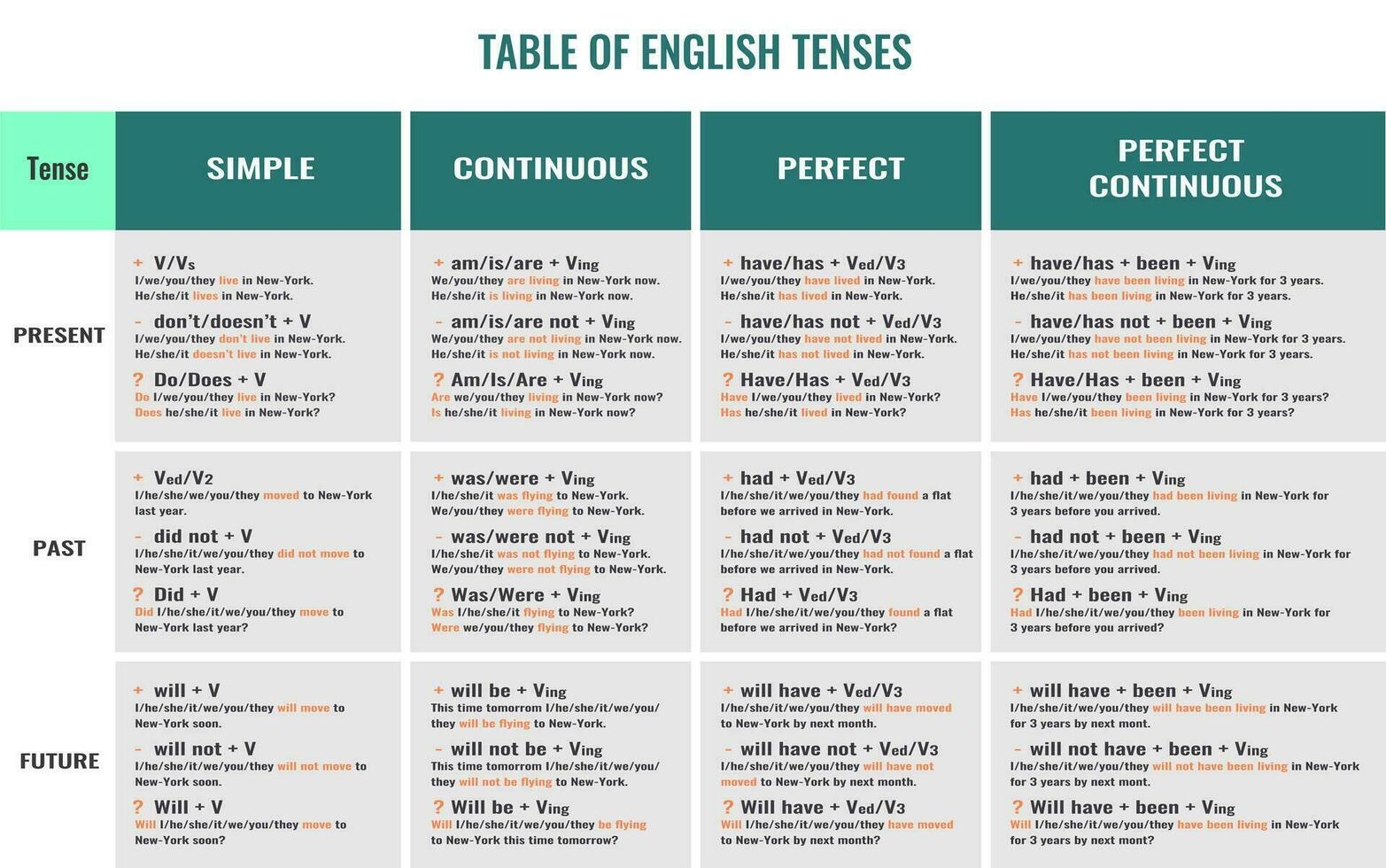English language learners often find tenses to be one of the most challenging aspects of grammar. Understanding the different tenses in English is essential for effective communication and writing. Tenses indicate the time of an action or event, whether it is happening in the past, present, or future. Here, we will explore the various tenses in English and how they are used.
1. Simple Present Tense: This tense is used to describe actions that are habitual, factual, or general truths. For example, “She plays the piano every day.”
2. Present Continuous Tense: This tense is used to describe actions that are happening at the moment of speaking. For example, “He is reading a book right now.”
3. Simple Past Tense: This tense is used to describe actions that happened in the past. For example, “They visited Paris last summer.”
4. Past Continuous Tense: This tense is used to describe actions that were in progress at a specific time in the past. For example, “She was studying when the phone rang.”
5. Future Tense: This tense is used to describe actions that will happen in the future. For example, “We will go to the beach tomorrow.”
Understanding how and when to use each tense is crucial for clear and effective communication. Practice using different tenses in English to improve your proficiency and fluency in the language. By mastering the various tenses, you will be able to express yourself more accurately and confidently in both spoken and written English.
In conclusion, the list of tenses in English is an essential tool for language learners to master. By understanding the different tenses and how they are used, you can enhance your communication skills and express yourself more effectively. Practice using the various tenses in English in different contexts to become more proficient in the language. Remember that mastering tenses takes time and practice, so be patient with yourself as you work towards fluency in English.
